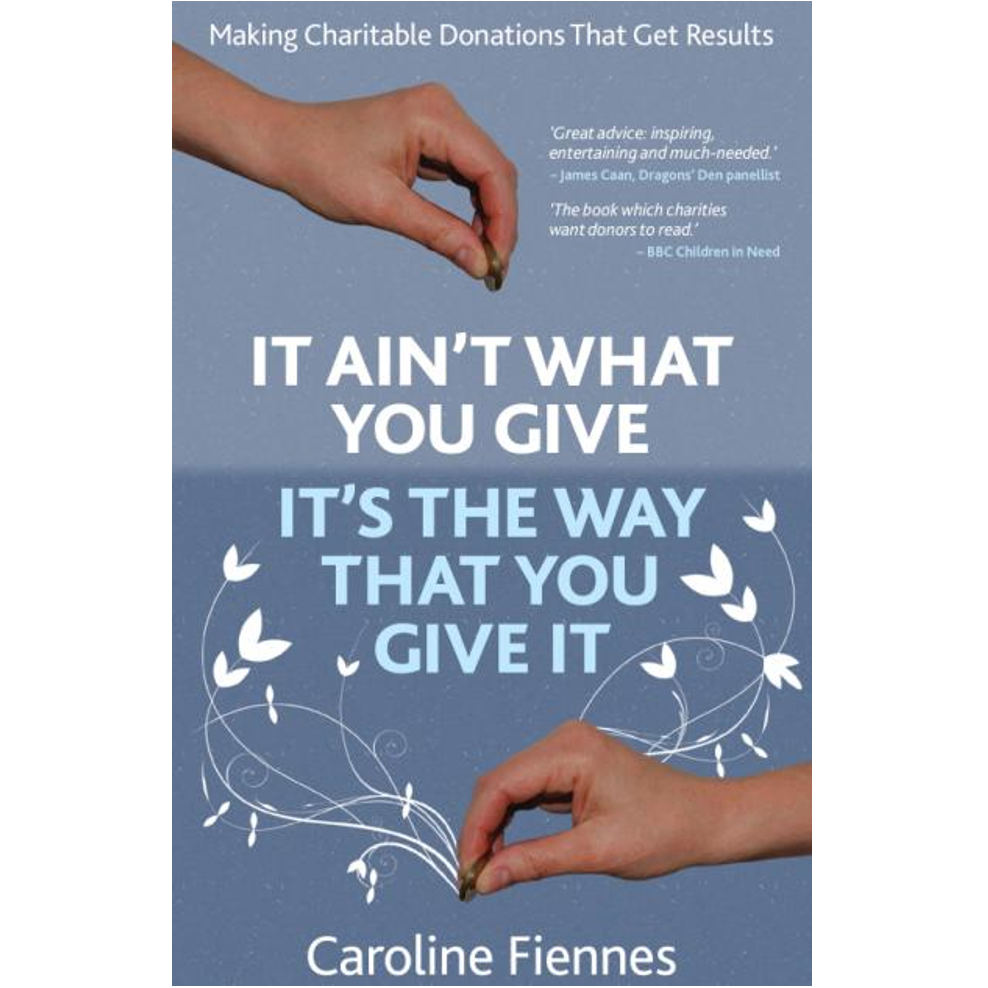New project!
Much attention is paid to what donors fund, but very little is paid to how they fund. Questions about how to fund include whether/when to give with restrictions, whether to give a few large grants vs. many smaller ones, what application and reporting processes to have, how to make the decisions about what to fund. The lack of attention to these ‘how to fund’ questions is despite the facts that (i) they evidently affect funders’ effectiveness, and (ii) they can be investigated empirically. We have written about this in the top scientific journal Nature, and with the University of Chicago.
Weirdly, the COVID19 crisis creates a (rather morbid) opportunity to investigate empirically the effects of some funder behaviours.
Giving Evidence is starting a new project to do this empirical research.
The ‘experiment(s)’ created by the COVID19 crisis
Many funders are now suddenly changing their behaviours. For example, some are removing restrictions on existing grants, streamlining their application processes, increasing funding to existing grantees, and/or making larger grants. Not all funders are doing this. This creates an opportunity for to analyse whether and how these different funder behaviour affect the non-profits whom they fund.
For example, the move to make all grants unrestricted is on the thesis that unrestricted funding will help grantees to survive. (as the UK’s Directory of Social Change puts it: “You may be funding a project. You may normally prefer that. But when charities are about to go under, the priority is to ensure survival. No charity = no project.”) That’s a hypothesis that unrestricted funding improves grantees’ longevity, and it is testable.
Suppose that there are two foundations that are rather similar and have rather similar grantees (two community fdns, maybe). Suppose that one of them un-restricts all its grants and the other doesn’t. We can look to see what proportion of their respective grantees are still alive in 12-24 months’ time.
This analysis will tell us something about whether / when restrictions reduce grantees’ ability to survive – in a crisis.
We can do a related analysis which uses the sudden-ness in the change in some funders’ behaviours. For example, suppose that Foundation A has normally made all its grants restricted and now suddenly switches to making them all unrestricted. And suppose that a comparable Foundation B doesn’t make that switch. We will be able to see (from historical data), how many of Foundation A’s grantees are normally still alive (say) 36 months after the grant is made vs that number for Foundation B, and see whether the survival rate for Foundation A’s grantees changes more during this crisis than that for Foundation B. The hypothesis that restrictions reduces longevity predicts that it would, but we can find out whether that is really true.
Obviously one can control for other factors, e.g., the 36-month survival rate of charities of particular types in the ‘general population’ of charities in the relevant countries.
Various funder behaviours: We can do similar analyses for other funder behaviours too, such as making larger grants, or streamlining application processes. Some research funders have chopped their application process from about a year to two days, for Covid-related research. We expect other changes in funder behaviours which have not already started yet. If we can gather the data, we will analyse them all.
Various outcomes: We can look at other outcomes alongside simply survival, such as unit cost, e.g., the cost of serving each person in a food-bank. (Obviously we can only do that for grantees with comparable outcomes.)
In effect, because funders vary in whether and how they are changing their behaviour now – and many funders are simultaneously changing their behaviours– the crisis creates a series of a non-randomised controlled trials.
For example, some funders will streamline their application processes and some won’t. We will try to use this ‘opportunity’ to identify the effects of those changes.
These questions around funder behaviour are hugely important in philanthropy. Every person and their dog in philanthropy has an opinion about, say, whether/when to restrict funds, but there are hardly any data. This crisis creates a weird opportunity to remedy that, though some decent empirical analysis. Giving Evidence is taking that opportunity.
Please help! Pls send us your examples
Please send us examples of funders who are and are not changing their behaviour during this crisis. This is the important ‘raw material’ for our analysis. We are very interested in data about funders anywhere in the world, and funders of any type – endowed foundations, family foundations, corporate foundations, companies, public bodies, private individuals. Send to admin [at] giving-evidence [dot] com
Note that the analysis will take a while. This is because the results will take a while to emerge: if we are looking at 24-month survival of charities, then (obviously!) we need to wait at least 24 months to see whether the charities are still there. Gathering data on funder behaviour (the ‘input’) can start now, but getting the data on the results will take much longer.
You can be sure that we will publish our findings.


